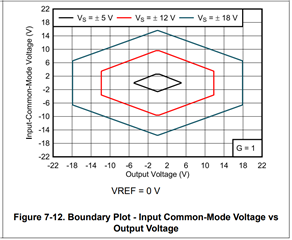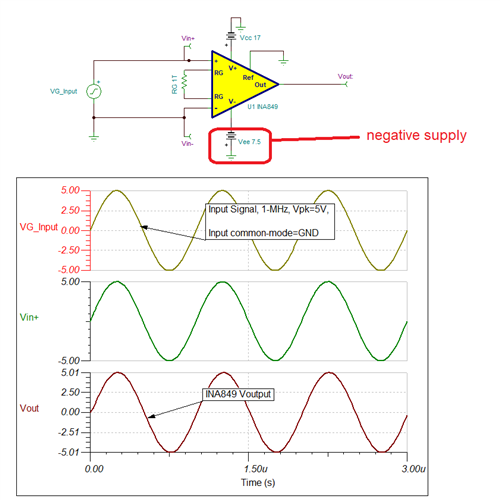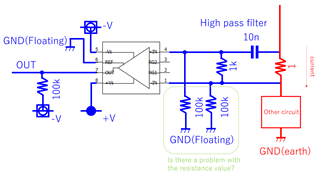Hi Team,
This is a question about how to use the instrumentation amplifier INA849.
① Regarding the connection of the Ref terminal
When I tried to output only the positive voltage side by shorting the Ref terminal and the Gnd terminal (-power supply terminal), the output response changed around 1MHz. Is it not possible to use it like this? For a gain of 1x, the output may be greater than the input.
②Frequency response of output when dual power supply is used
Since ① did not work well, I tested it by applying a Ref voltage with a dual power supply, but the output response also changed around 3MHz.
If you have a detailed recommended circuit, could you send it to me? Thank you very much.
Best Regards,
Tom






